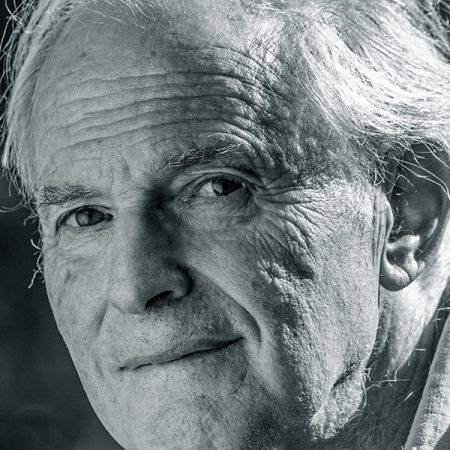
It’s been 30 years since Florida State University professor and Nobel Laureate Sir Harold Kroto first discovered a unique molecule made of 60 carbon atoms.
But the discovery of that Buckminsterfullerene molecule – or buckyballs – opened up a whole new world of materials research that is still being explored today.
Just last week, a researcher from the University of Basel wrote in the journal Nature that these molecules were part of a cloud of gas floating in between the stars. Kroto had made that prediction years ago, but scientists have only now just been able to adequately create the conditions in a lab to make a concrete determination.
The Royal Society of Chemistry honored Kroto and his contributions last week at a two-day symposium in London that attracted researchers from around the world including Florida State Professor of Chemistry Naresh Dalal and Associate Research Professor Steve Acquah.
Acquah works with buckyballs as part of his current research and worked directly with Kroto at Florida State. Kroto retired from Florida State after the spring semester and served as the spring commencement speaker.
“I’ve heard Harry Kroto talk about the sequence of events that led to the discovery of C60 in a few locations, across the burning embers of a fire pit to the esteemed halls of the Royal Society of Chemistry in London,” Acquah said. “It’s an intriguing scientific journey of perseverance and success which people across all majors can relate to. C60 is a beautiful molecule that is favored on the cover of many chemistry text books, and there are many promising applications.”

Researchers at Florida State are among those looking at potential applications.
Professor Richard Liang, director of the High Performance Materials Institute at FSU, deals with a material called buckypaper, a direct result of the discovery of buckyballs.
“The discovery of Buckyballs led to the discovery of nanotubes, and nanotubes make up buckypaper, which HPMI is working toward further developing for use in various engineering materials and sensor and energy devices,” Liang said. “As we further make advances in developing buckypapers for high-performance and scaling up production, we are standing on the shoulders of Harry Kroto, Richard Smalley and Robert Curl and their work to introduce buckyballs.”
Though Kroto and his team discovered buckyballs in 1985, they did not receive the Nobel Prize for their work until 1996.
Yet, for all of his work, Kroto said in an interview recently that he feels no particular ownership for the famous material.
For an article in the Florida State College of Arts and Sciences Across the Spectrum magazine, he said that someone else would have made the same discovery within six months to a year if he hadn’t.
“I don’t see it as anything particularly personal, except for the name,” Kroto told the college. “I named it after Buckminster Fuller. That’s the only bit of me personally that’s involved in this whole thing.”



